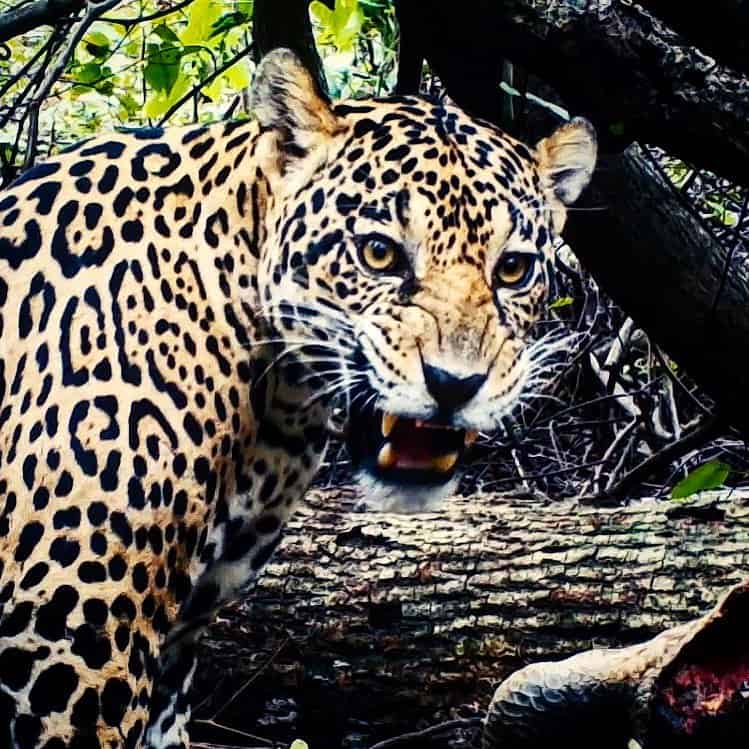The almost undetectable sound of jaguar steps over the soft jungle floor is occasionally accompanied by a click. Biologist Eduardo Carrillo and his research team track jaguars in Costa Rica using a system of camera traps first developed in India to estimate tiger populations.
One trap is made up of two cameras, a short distance apart, facing each other, in areas where researchers believe jaguars travel or hunt. Using special color sensors, the traps snap photos when triggered by motion, and as a result Carrillo has dozens of photos of the jungle cat and approximately 8,000 photos of other species.
The biologist has 42 traps, which he sets two-and a-half to three kilometers apart to “capture” as many jaguars as possible. In his first run, Carrillo scattered the cameras over 160 square kilometers, placing each one by foot over challenging jungle terrain. The cameras – which are film cameras, not digital – then have to be checked and have their batteries changed every 12 days.
“It’s a full-time job,” Carrillo said. “Walking two kilometers in a forested area can take an entire day.”
The cameras have been used principally in the Corcovado National Park, on the southwestern Osa Peninsula, and in the northwestern province of Guanacaste, and also in the biological corridor between Corcovado and the Piedras Blancas National Park.
“There, we found what we expected: there’s forest, but there’s no animals,” Carrillo said.








